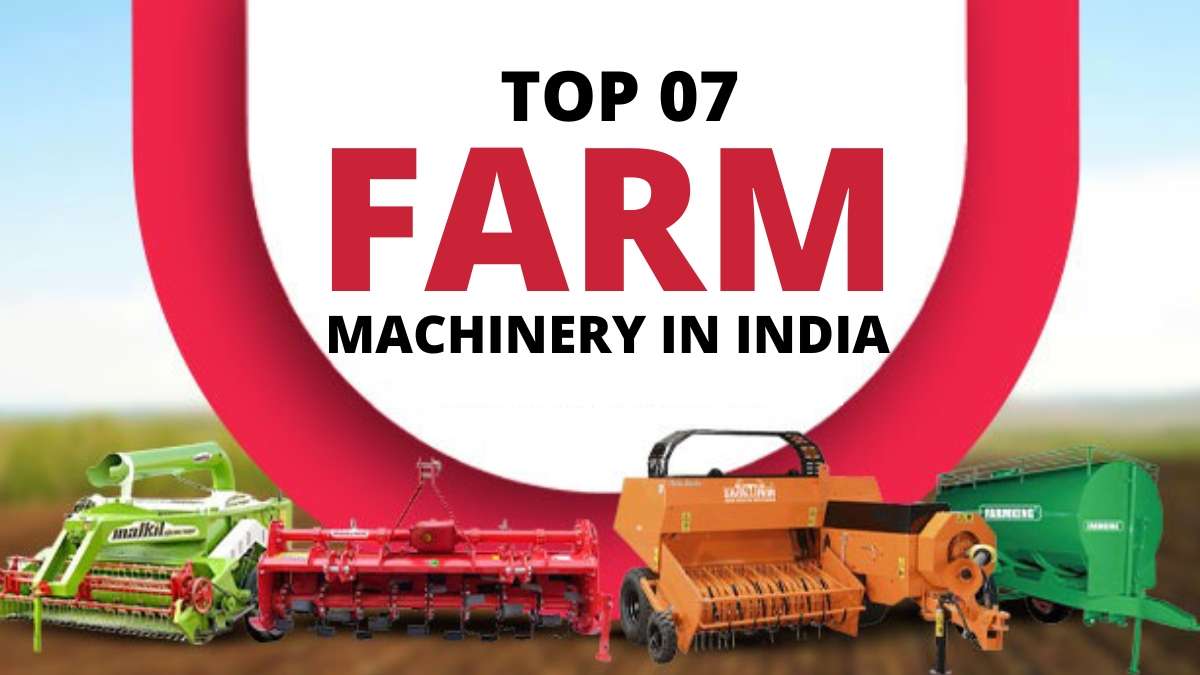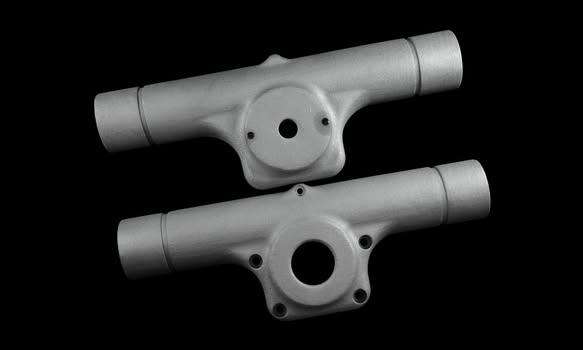The agricultural industry in India has seen significant growth and development in recent years, thanks to advancements in farm machinery and equipment. With a wide range of options available from various agricultural machinery manufacturers in India, farmers now have access to modern and efficient tools that can greatly enhance productivity and efficiency on the farm.
From small-scale farms to large agricultural operations, these top 10 farm machinery manufacturers in India are revolutionizing the way we cultivate crops and manage land. Join us as we explore the best agriculture companies in India and the cutting-edge technologies they offer. Whether you’re a farmer looking to upgrade your equipment or simply interested in the latest trends in agricultural manufacturing, this blog is a must-read for you.
2. Rotavator
A rotavator, also known as a rotary tiller, is an essential piece of farm machinery in India that is used for preparing the soil before planting. This powerful piece of equipment is equipped with rotating blades that dig into the soil and break it up, creating a fine seedbed for planting. The rotavator not only saves time and labour but also improves soil health by promoting better aeration and nutrient distribution.
In India, there are several reliable agricultural machinery manufacturers offering advanced rotavator models. These machines come in different sizes and power capacities to cater to the diverse needs of farmers. Some models even come with additional features like adjustable depth settings and side shift mechanisms, allowing farmers to customize the operation according to their requirements.
3. Seed Drill
Another essential piece of farm machinery in India is the seed drill. As the name suggests, a seed drill is used for sowing seeds in a uniform and efficient manner. This machine ensures proper seed placement and spacing, leading to better germination rates and higher crop yields.
Seed drills come in various sizes and configurations to accommodate different crops and field sizes. They are designed to handle a wide range of seeds, from small grains to large seeds like corn and beans. Some advanced models even offer features like fertilizer placement and variable seed rate control, further enhancing precision and flexibility in planting.
4. Plough
Next on the list of the top farm machinery in India is the plough. The plough is a traditional farming instrument that has evolved over time to become more efficient and effective. It is used for primary tillage operations, such as turning and loosening the soil before planting.
Ploughs are available in different types, including the moldboard plough, disc plough, and chisel plough. Each type has its own advantages and is chosen based on the specific requirements of the soil and crop.
The primary benefits of using a plough are to break up compacted soil, help control weeds, and improve water infiltration. By creating a well-prepared seedbed, the plough ensures optimal conditions for seed germination and root development.
In addition to these benefits, ploughing also enhances soil fertility by incorporating crop residues and organic matter back into the soil.
5. Mulching Machine
The next farm machinery on our list is the mulching machine. As agriculture practices continue to evolve, farmers in India are increasingly adopting mulching techniques to improve crop productivity and weed control.
A mulching machine is designed to lay a protective layer of mulch over the soil surface. Mulch helps conserve moisture, suppresses weed growth, and regulates soil temperature. This is particularly beneficial in regions with irregular rainfall patterns and extreme temperatures.
The machine uses a conveyor belt system or rotating rollers to evenly distribute the mulch material, which can be organic or plastic. The type of mulch chosen depends on factors such as the crop being grown and local conditions.
By using a mulching machine, farmers can reduce the need for herbicides, conserve water, and improve overall soil health. It also helps to prevent soil erosion and nutrient loss.
6. Land leveller
The land leveller is an essential piece of farm machinery in India for creating a smooth and even surface for farming operations. This equipment is particularly crucial in areas with uneven or undulating terrain.
Land levellers are designed to remove high points and fill in low areas to achieve an optimal soil profile. This not only improves water drainage but also promotes uniform crop growth and reduces soil erosion.
The machine typically consists of a sturdy frame equipped with blades or shanks that scrape and redistribute soil. Some models also come with laser or GPS technology to ensure precise levelling.
Farmers in India are increasingly realizing the importance of land levelling in improving agricultural productivity. With the use of a land leveller, they can maximize the efficiency of water irrigation, reduce crop damage from waterlogging, and optimise land utilization.
7. Cultivator
Another essential piece of farm machinery in India is the cultivator. This versatile equipment is used to prepare the soil for planting by breaking up clods, removing weeds, and loosening the soil surface.
Cultivators are available in various sizes and configurations, ranging from small handheld tools to large tractor-mounted implements. The most common types include tine cultivators, rotary cultivators, and disc cultivators, each suited for different soil types and conditions.
By using a cultivator, farmers can improve soil aeration, enhance nutrient availability, and promote seedbed preparation. This not only increases crop yields but also reduces the reliance on manual labour and saves time.
With advancements in technology, modern cultivators now come with additional features like adjustable tines, depth control mechanisms, and even automated guidance systems for precise soil cultivation.

As the editor of the blog, She curate insightful content that sparks curiosity and fosters learning. With a passion for storytelling and a keen eye for detail, she strive to bring diverse perspectives and engaging narratives to readers, ensuring every piece informs, inspires, and enriches.










